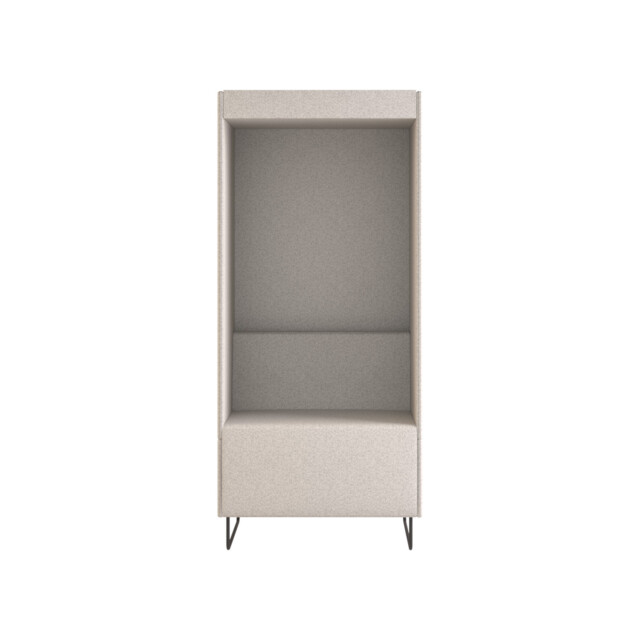


The UK was not a member of the European Economic Community as the EU was known at the time. All of these cars were then very rare sights on British roads. Citroens ( DSs and IDs - low and sleek, 2CVs - flying dustbins, the odd Traction Avant) Peugeots (203s, 204s, 403s and 404s) Renaults (4CVs, Dauphines, R4s, 16s) Simcas (1000s, Arondes, Vedettes). You drove on the wrong side of the road in completely different cars. My main impression of Stella-Plage (and by inference, France) was la difference. Stella-Plage itself was (and still is - looking at photos on Google Maps Street View) a beautiful small resort on beautiful sandy beaches that stretch on to Le Touquet to the north and Berck-Plage to the south. Milk soup and chicory coffee served in large bowls. The cuisine was Franco-Polish - garlicky salads and boiled potatoes sprinkled with dill, pureed beetroot, chicken. There were hotel-style rooms and barracks for the scouts, guides and cubs - ( zuchy - as I was in 1969). There was a thriving Polish club and church (Stella-Maris), and there was the place we stayed, Maison Maternelle (on Avenue des Plages, between the top end of Boulevard Edmond Labrasse and Avenue Francois Godin), a former maternity hospital, which from the early 1950s on belonged to Polish girl guides ( harcerki) - Hufiec Bałtyk. The Franco-Poles spoke very little Polish and were culturally, historically and politically more distant from Poland than we, the children of WWII political refugees. Stella-Plage was a town where many Polish coal miners and industrial workers from Lens, Lille and Roubaix, the economic migrants of the 1920s and 30s, and their children and grandchildren would spend their holidays. As with most things in my childhood, there was a Polish angle. In 19, we travelled to northern France for our family vacation.


 0 kommentar(er)
0 kommentar(er)
